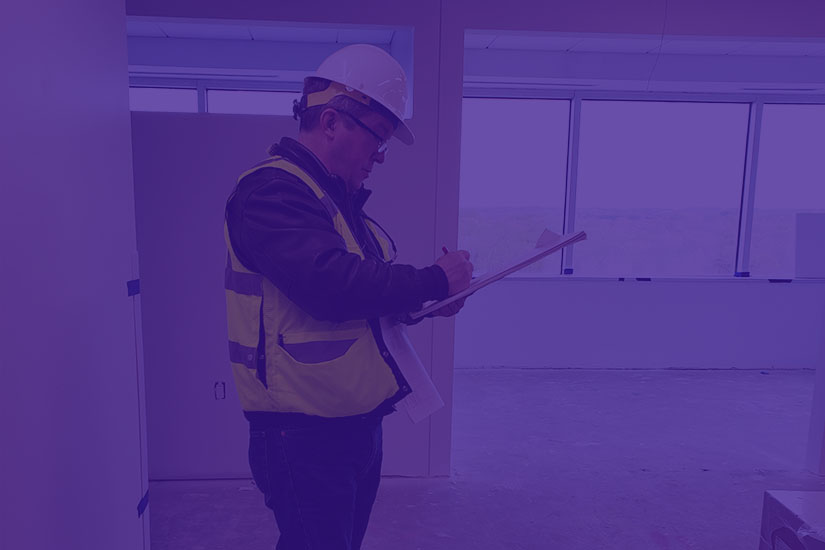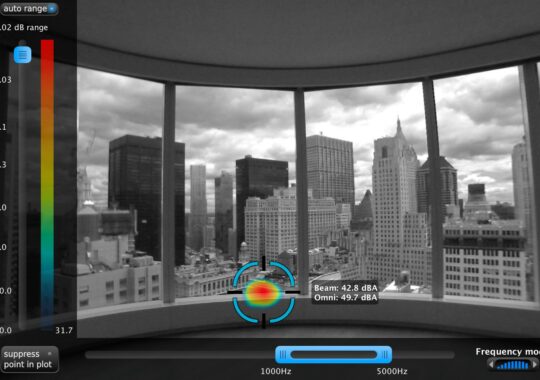The project is out to bid, the contract documents are finished, and contractors have begun work. There should be no need for a design consultant to remain active on the project, right?
Not quite.
Regardless of the type of project, the value of having the design consultant involved in the construction process is invaluable to the success of the final design.
At bid, the technology design consultant often issues a set of documents that define the design intent of the technology system. What is design intent? It takes on many forms and meanings, and can be an enigma. The exact definition of design intent can vary depending on the project type, design scope, and the project timeline. It is crucial that the consultant defines the meaning of design intent for the project team early on, so proper planning can take place. In a nutshell, design intent often translates to documents that are fully conceptualized, but are not construction-ready shop drawings. At this stage, there are engineering details that can only be filled in and coordinated once the space beings to take shape. The consultant is responsible for documenting the standards and design guidelines that contractors must follow to engineer the final system successfully. This prevents the final, installed system from being vastly different than what the client is expecting. Months or even years of busy design coordination can easily be misinterpreted if there is no one to monitor the construction process. The line between how much detail is too much or too little depends on the project complexity, timeline, and coordination level needed for other trades. This level of detail is often defined at the time contracts are drawn, and further clarified by the design team once the project starts up.
Because bid documents are often the design intent, contractors will engineer the final system flow, pathways, and programming around the intent, identified by the consultant. If the consultant is not involved during the engineering and construction process, decisions are left solely up to the contractor, ensuring no checks and balances to ensure the final system is what it was designed to be.
You might be thinking: If the design intent documents are properly completed, then it should be crystal clear to the contractors, right?
Again, not exactly.
The smallest change or overlooked detail can greatly impact the end result of the design, shifting the entire vision of what the client was expecting. Even with the greatest details specified, things can be interpreted differently by any one individual, and things can and will go wrong.
During construction, a consultant’s role is to provide those checks and balances to the design process: reviewing the contractor’s shop drawings, analyzing equipment submittals, and responding to questions to support the execution of the design successfully. Consultants should also be performing periodic site visits to catch any problems at the earliest possible time, resulting in efficient resolutions. These efforts greatly help the project stay on time, on budget, and avoid costly change orders that can arise closer to completion. Odds are, no one wants to open up walls and ceilings near the end of the project to fix small problems that would have been noted early on. There are also often specific technology-related interior and architectural coordination element that need to be carefully executed during construction, which makes having those technology design consultants on site imperative.
Keeping consultants engaged and proactively involved throughout the construction phase of the project acts as an insurance policy. It allows the consultant to work on behalf of the client to ensure the system installation is not only successfully implemented, but is also what the client is expecting from the earlier design phases. A relatively small price to pay to help a project succeed, and one that is worthwhile in terms of efficiency and effectiveness of completing a project.








